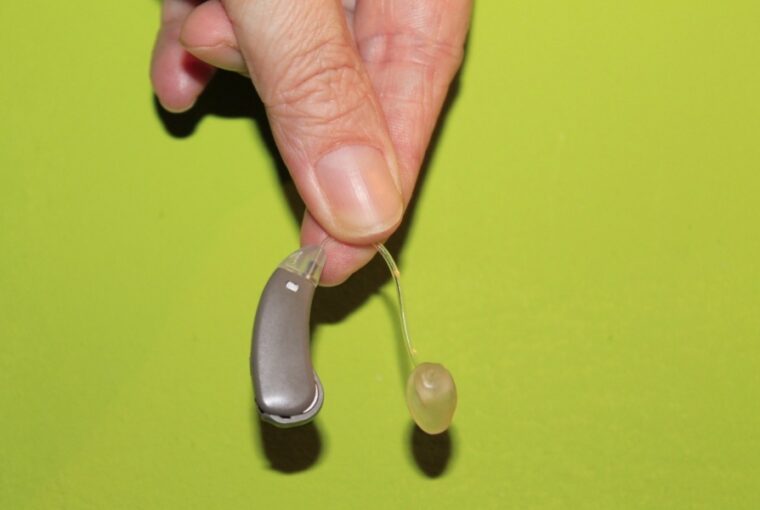Many people today suffer from hearing loss, and this loss is impacting their quality of life and overall well-being. Hearing aids can help to treat this common condition, but countless people worry about the high cost of these devices. What factors contribute to this expense? Are hearing aids worth the investment in terms of their effectiveness and the long-term benefits they provide?
The Cost Factors
Several factors contribute to the cost of hearing aids. Advanced technology and research go into developing these devices, and hearing aids have undergone significant improvements in recent years, incorporating features like noise reduction, Bluetooth connectivity, and directional microphones. The research and development costs associated with these advancements drive up the price.
The manufacturing process involves intricate components and specialized materials. The small size and complex functionality of hearing aids require precise assembly, fine-tuned amplification, and quality control measures. These factors contribute to the cost.
Additionally, hearing aids often come with warranties, follow-up care, and professional services. Audiologists and hearing healthcare professionals offer consultation, fitting, and ongoing adjustments to ensure optimal performance. The cost of these services is factored into what a person pays for their hearing aids.
Effectiveness And Benefits
Despite the significant financial investment, hearing aids offer numerous advantages that justify their cost. They enhance communication and improve the quality of life for individuals with hearing loss. Hearing aids amplify sounds, making conversations and interactions more accessible, which can alleviate feelings of isolation and improve relationships.
Furthermore, untreated hearing loss can lead to cognitive decline, increased risk of falls, and mental health issues. Hearing aids help mitigate these risks by addressing the root cause of the problem. Research has shown that treating hearing loss with these devices can reduce cognitive decline and improve overall brain function.
Moreover, hearing aids provide a better listening experience in various environments, filtering out background noise and allowing users to focus on specific sounds. This can be particularly beneficial in work settings, social gatherings, and public spaces, where effective communication is crucial.
Long-Term Cost-Benefit Analysis
While the initial cost of hearing aids can be substantial, a long-term cost-benefit analysis reveals their value. Consider the financial implications of untreated hearing loss, including decreased work productivity, potential job loss, and increased healthcare expenses due to related health issues. Investing in hearing aids can potentially prevent or alleviate these costs, making them a worthwhile investment.
Furthermore, technological advancements are continuously driving down the cost of hearing aids. As the market becomes more competitive, prices are likely to decrease, making them more accessible to a broader range of individuals.
It is also important to note that hearing aids have a lifespan of several years. With proper care and maintenance, they can provide reliable service over an extended period. When viewed in this context, the cost of hearing aids becomes more reasonable, considering the long-term benefits they offer.
The cost of hearing aids is undeniably a significant consideration for individuals seeking assistance with their hearing loss. However, the effectiveness and benefits they provide, along with the potential long-term cost savings, make them a valuable investment. By improving communication, enhancing cognitive function, and enriching the overall quality of life, hearing aids can greatly outweigh their initial financial burden. Any person suffering from hearing loss should speak to their medical provider and learn about the options for restoring their hearing. Often, the use of hearing aids will be of help in achieving this goal.




